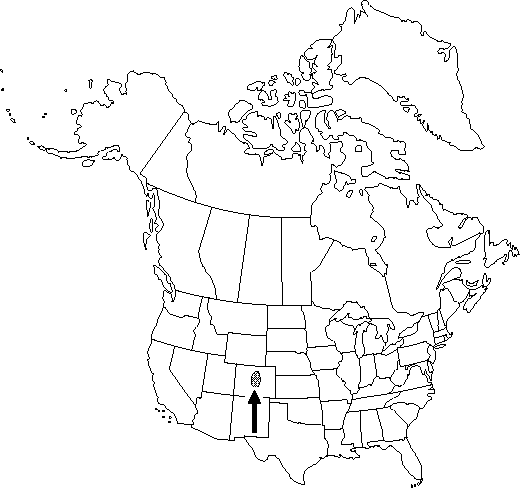Difference between revisions of "Aquilegia saximontana"
in A. Gray et al., Syn. Fl. N. Amer. 1: 43. 1895.
Conservation concernEndemicIllustrated
Treatment appears in FNA Volume 3.
FNA>Volume Importer |
FNA>Volume Importer |
||
| Line 15: | Line 15: | ||
}}{{Treatment/ID/Special_status | }}{{Treatment/ID/Special_status | ||
|code=F | |code=F | ||
| − | |label= | + | |label=Illustrated |
}} | }} | ||
|basionyms= | |basionyms= | ||
| Line 42: | Line 42: | ||
-->{{#Taxon: | -->{{#Taxon: | ||
name=Aquilegia saximontana | name=Aquilegia saximontana | ||
| − | |||
|authority=Rydberg in A. Gray et al. | |authority=Rydberg in A. Gray et al. | ||
|rank=species | |rank=species | ||
| Line 56: | Line 55: | ||
|publication title=in A. Gray et al., Syn. Fl. N. Amer. | |publication title=in A. Gray et al., Syn. Fl. N. Amer. | ||
|publication year=1895 | |publication year=1895 | ||
| − | |special status=Conservation concern;Endemic; | + | |special status=Conservation concern;Endemic;Illustrated |
| − | |source xml=https://jpend@bitbucket.org/aafc-mbb/fna-data-curation.git/src/ | + | |source xml=https://jpend@bitbucket.org/aafc-mbb/fna-data-curation.git/src/f50eec43f223ca0e34566be0b046453a0960e173/coarse_grained_fna_xml/V3/V3_360.xml |
|genus=Aquilegia | |genus=Aquilegia | ||
|species=Aquilegia saximontana | |species=Aquilegia saximontana | ||
Revision as of 21:27, 16 December 2019
Stems 5-25 cm. Basal leaves 1-2×-ternately compound, 5-25 cm, no longer than stems; leaflets green adaxially, 7-22 mm, not viscid; primary petiolules 7-40 mm (leaflets usually crowded), glabrous. Flowers nodding; sepals divergent from floral axis, blue, oblong-ovate, 9-18 × 5-8 mm, apex obtuse to acute; petals: spurs blue, hooked, 3-9 mm, stout, evenly tapered from base, blades yellowish, oblong or spatulate, 7-10 × 3-5 mm; stamens 5-8 mm. Follicles 7-10 mm; beak 3-5 mm. 2n = 14.
Phenology: Flowering summer (Jul–Aug).
Habitat: Cliffs and rocky slopes, subalpine and alpine
Elevation: 3300-4000 m
Discussion
Of conservation concern.
Selected References
None.
Lower Taxa
None.

